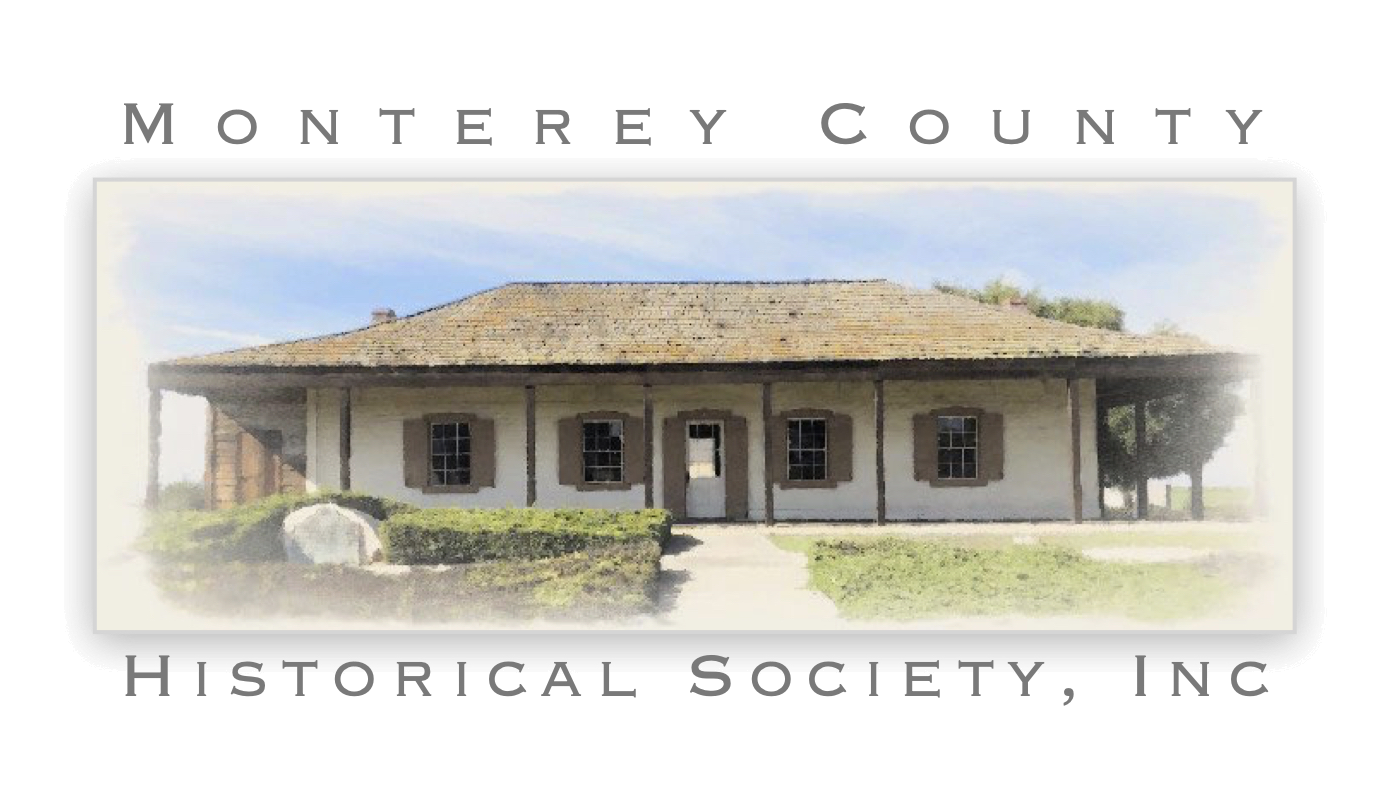In spite of his apparent success with the Half Way House, Deacon Howe sold it only eighteen months after he purchased it. The new owner was Alberto Trescony.
Born in Italy, Trescony had a fascinating career prior to his arrival in Monterey in 1842, and his life history has become somewhat of a legend in Monterey County. One of his skills was as a tinsmith, and he was able to sell his wares to prospectors for high prices. Within a short time he saved enough to start purchasing properties, and he acquired hotels in both Monterey and San Juan Bautista. His Washington Hotel in Monterey was the headquarters for the constitutional convention of 1849.
In addition to the Half Way House, he soon built a small hotel, general merchandise store and a blacksmith shop and stable at the edge of the slough. This expansion marks the true beginning of Salinas–the small hotel stood on the site of the Abbott House, later the Cominos Hotel, and was the heart of the community for many years.
Trescony employed Austin Smith and Charles McFadden to manage the hotel in the early 1860s, and Smith accepted the job as Postmaster when the Salinas Post Office was moved from Hilltown to Trescony’s in 1864. Later Smith and McFadden operated the general merchandise store. In 1867 Trescony sold to Alanson Riker.
In 1862, Trescony purchased Rancho San Lucas in southern Monterey County from its drought-discouraged owner. There he built up a thriving sheep ranch and model ranchstead which is still worked by his descendants. By 1870, he had a herd of 22,000 sheep, ranging on neighboring ranches as well as his own, and driven as far as San Jose for forage by Basque shepherds. The sheep were sold for meat, hides and wool, either driven to railheads at San Jose, Gilroy or Soledad; or the hides and wool were shipped from Moss Landing to commission merchants at San Francisco. Trescony brought a number of Basque sheepherders to Monterey County, providing a hotel for them in San Francisco and operating a labor contract business for their placement.
Sources:
- Breschini, Gary S., Trudy Haversat, and Mona Gudgel, 10,000 Years on the Salinas Plain: An Illustrated History of Salinas City, California (Heritage Media Corp., Carlsbad, 2000).
- Clark, Donald T., Monterey County Place Names (Kestrel Press, Carmel Valley, 1991).


